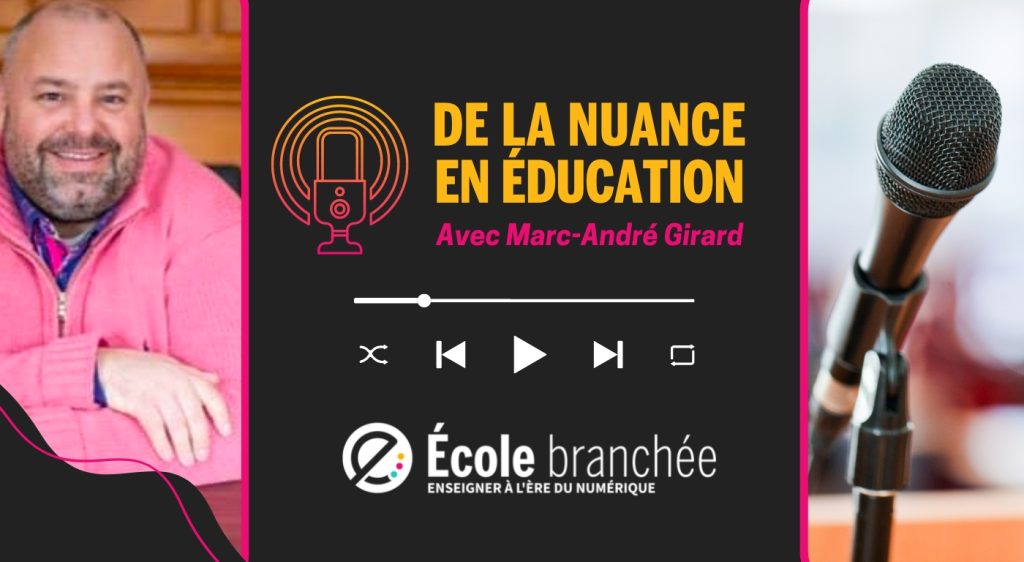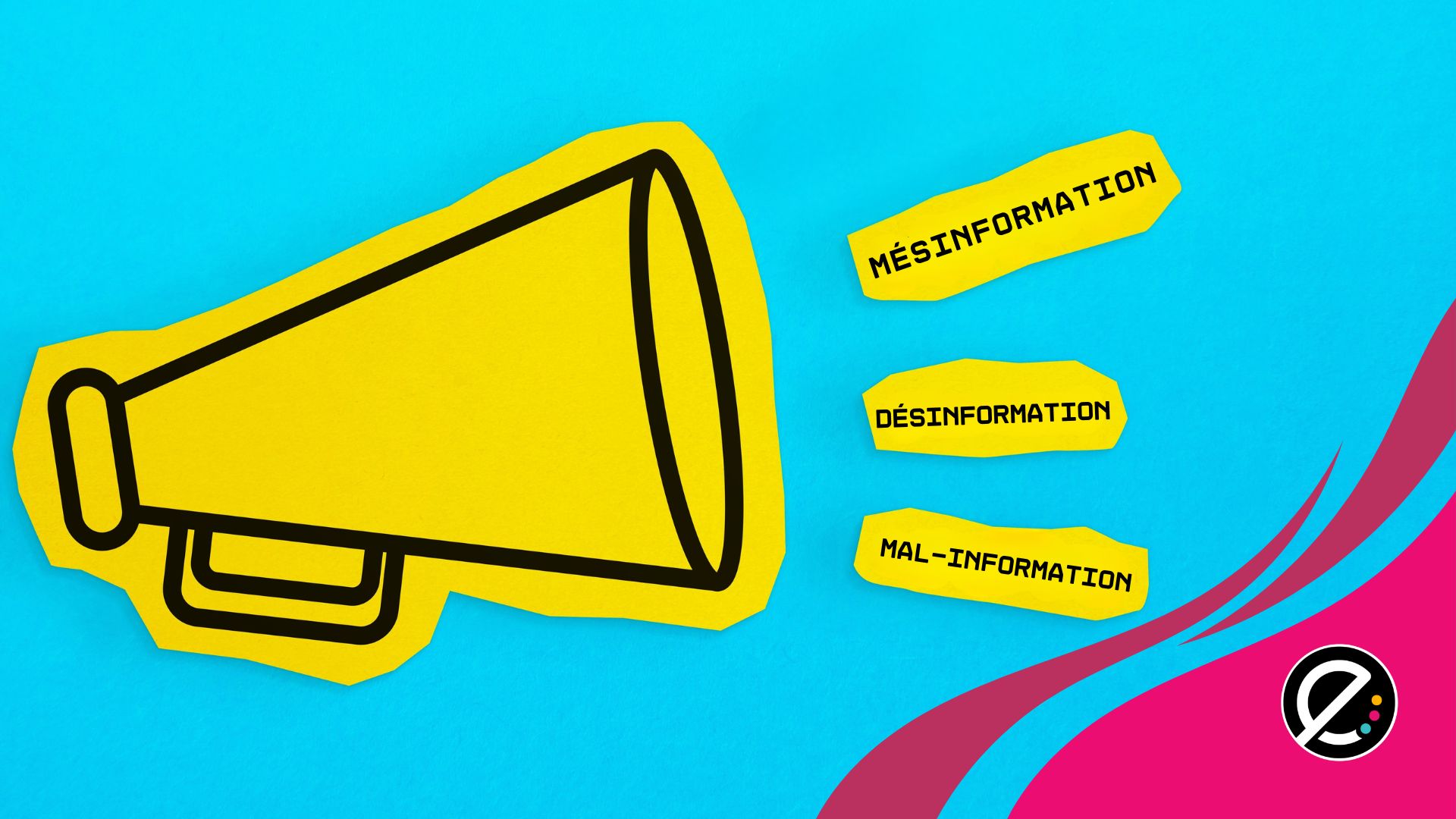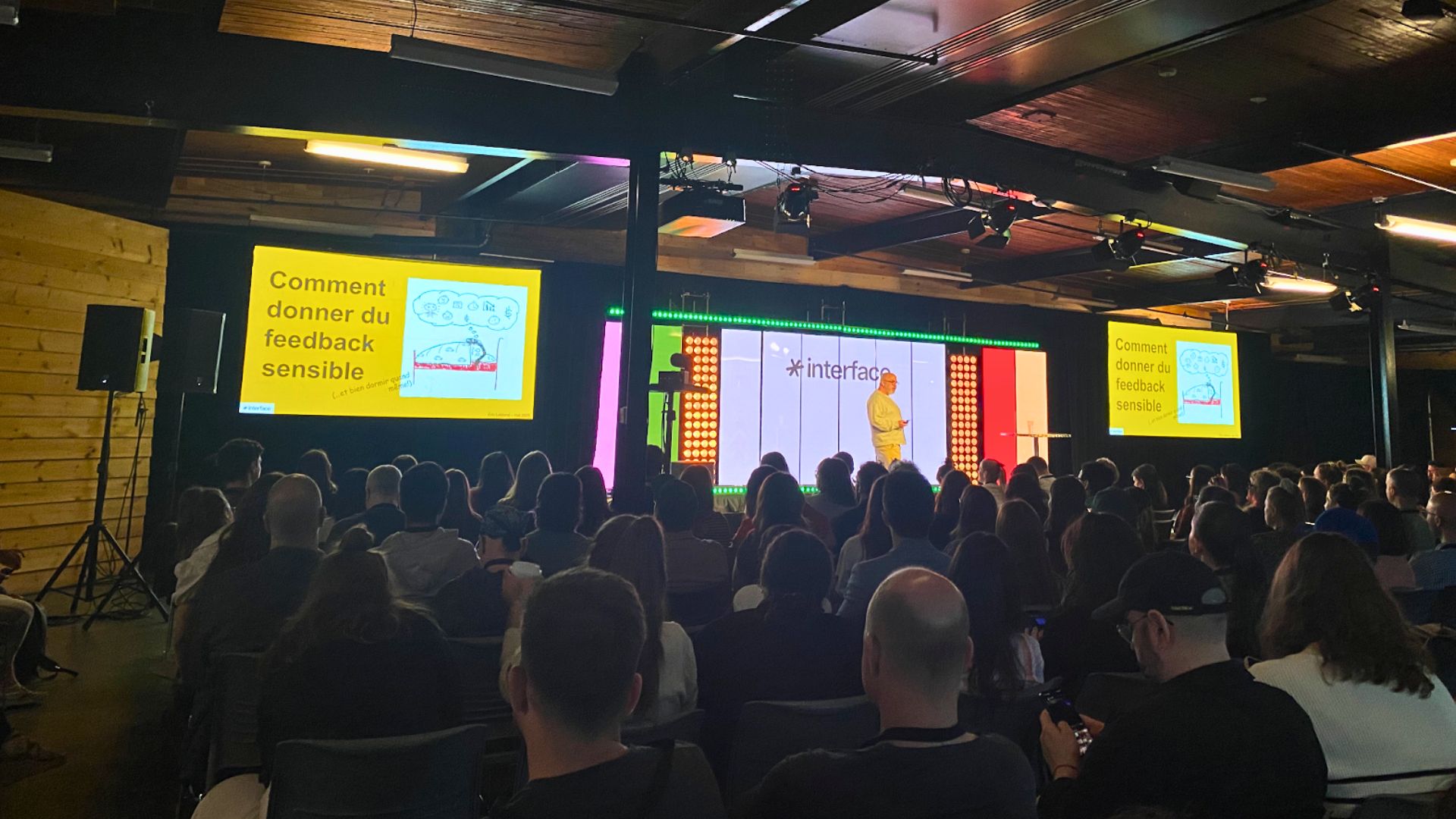Pour ce second épisode du balado De la nuance en éducation, Marc-André Girard se questionne sur ce que sont les compétences pour le 21e siècle. Il existe en effet plusieurs référentiels qui en font état, et s’y retrouver n’est pas une mince tâche!
Marc-André donne une voix à ceux qui promeuvent ces compétences et fait aussi une place à ceux qui mettent les éducateurs en garde contre de tels modèles. Il a notamment fait appel à la professeure Margarida Romero pour parler de ces compétences et expliquer lesquelles elle et son équipe considèrent comme nécessaires.
Essentiellement, la thèse est que l’école ne soutient pas le rythme du changement dans la société, et donc que l’idée derrière ces compétences est de répondre à la préoccupation de mieux préparer les élèves aux défis qui les attendent au siècle actuel.
Références
Baillargeon, N. (2019). Les compétences du XXIe siècle. Repéré à : https://www.ledevoir.com/opinion/chroniques/548973/les-competences-du-xxie-siecle
Bissonnette, Steve et Boyer, Christian (2018). Les organismes scolaires ne devraient pas répondre aux douces sirènes des compétences du 21e siècle. Formation et Profession, 26 (3), 131-133.
Fugardo, S. M. (2022). L’école des partages. Repéré à : https://cursus.edu/fr/23829/lecole-des-partages
Lengel, J. G. (2013). Education 3.0. Teachers College Press.
Mastafi, M. (2014). Obstacles à l’intégration des technologies de l’information et de la communication (TIC) dans le système éducatif marocain. Frantice.net, 8, 50-65.
RIRE. (2016). Les compétences du 21e siècle. Repéré à : https://rire.ctreq.qc.ca/competences-21e-siecle-2/
Romero, M, Lille, B et Patino, A. (2017). Des usages créatifs du numérique pour l’apprentissage au XXIe siècle. Presses de l’Université du Québec.
Scott, Cynthia Luna. (2015). Les apprentissages de demain 2 : Quel type d’apprentissage pour le XXIe siècle?. Organisation des Nations Unies pour l’éducation, la science et la culture. UNESCO. Repéré à : http://unesdoc.unesco.org/images/0024/002429/242996F.pdf
Tremblay, C. et Poellhuber, B. (2022). Analyse qualitative de référentiels de compétences du XXIe siècle, numériques et informationnelles : tendances mondiales observées. dans Formation et profession, 30(2), 1-26.














